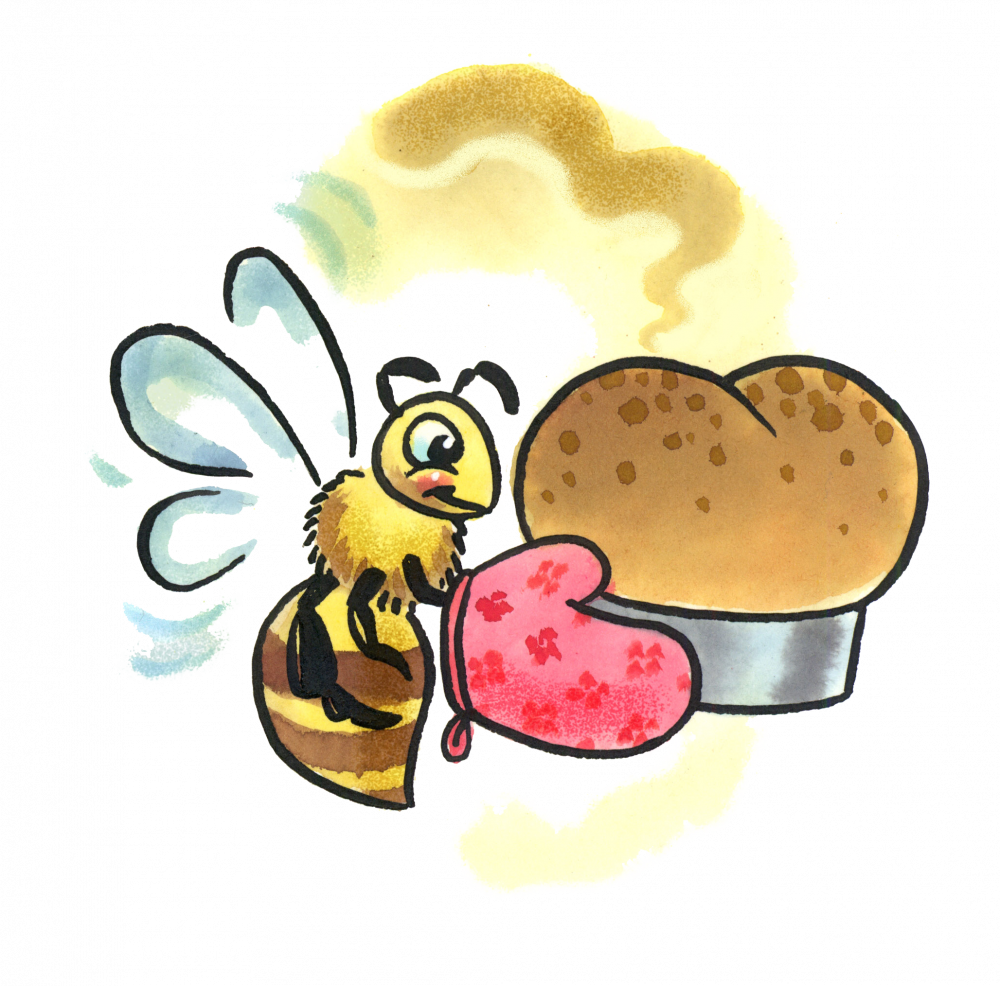
Better Browning Without Burning Delicate Cookies
Elaborate cookie cutters can be festive and fun, but they also can be fussy. All the fine edges and frills they create burn easily before thicker sections of the cookies have time to cook. After her 3-year-old son begged her to buy a giraffe cookie cutter, Shaina Westhoff, of Salem, South Dakota, wondered whether there’s a way to bake cookies without burning delicate tails, legs and necks.
At Milk Street, we’ve tried numerous strategies for preventing elaborately shaped cookies from having their fragile bits burned during baking. We’ve underbaked the cookies, hoping they’d finish cooking with residual heat. We’ve lowered the oven temperature and baked them slightly longer. And we’ve stressed to make sure we roll out the cookies as evenly as possible and no less than ¼ inch thick. But no method worked as reliably as a simple shield of foil. Covering a cookie’s tender edges with foil during baking protects them just enough to keep them from browning before the rest of the treat is done. But for a shape as tricky as a giraffe—with its long neck, pointy snout, tiny ears, wispy tail and spindly legs—we needed a more efficient way to protect our cookies. Our solution: Another cookie cutter. We used a round cutter slightly smaller than our giraffe to punch circular holes into sheets of foil. The holes in the baking overlays exposed the thicker centers of the cookies, but covered the delicate edges. The result is that the head, tail and hooves bake at the same rate as the bodies.
The Sticky Side of Substituting Honey
Honey frequently is drizzled onto baked goods as a finishing flourish, but typically takes a back seat to white sugar when it comes to being the primary sweetener. Kate Reed, of Des Moines, Iowa, wondered whether honey can be substituted for conventional sugar in baking.
Swapping honey for white sugar may sound appealing, but three factors can make it a challenge. First, because the fructose in raw honey has a lower caramelization point than the sucrose in conventional sugar, its pronounced flavor often intensifies during baking. That can overwhelm other flavors. Second, honey is far sweeter than sugar. In our testing, we found that for most baked goods, for every 1 cup of sugar called for, we needed just ½ to ⅔ cup honey. Finally—and perhaps most challenging—honey is a liquid. And substituting wet ingredients for dry requires adjusting the other liquids in the recipe to balance it out. For every ½ cup of honey used in place of dry sugar, we needed to remove from the recipe 2 tablespoons of liquid (such as milk or water). Cookies were an exception: With cookies, which generally call for few liquid ingredients to begin with, we found that we could simply replace the sugar with honey without adjusting other liquids. However, we did find that cookies made with honey tended to be chewier. Also, as honey-based cookies brown much faster, you need to monitor them carefully in the oven.




